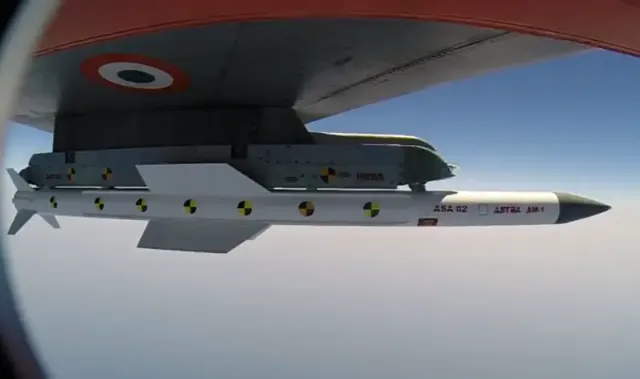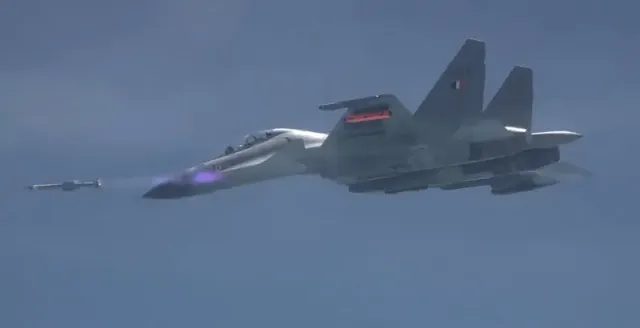
Image source: topwar.ru
The Indian Air Force has approved the start of full-fledged serial production of Astra Mark 1 air-to-air missiles. The ordered batch includes 200 URVS. According to the DRDO organization (an approximate analogue of Rostec), the deployment of the release of this product will allow replacing the Russian URVS.
- it is noted in the NDTV edition.
The Astra program started in the early 1990s, and the project was officially launched in 2004. The originally created product had a number of flaws, which led to its lengthy revision in order to eliminate management problems and bring it in line with the requirements of the military.
As a result, an improved modification of the Astra Mk-1 was developed. Its first air tests took place in 2014, and its adoption took place in 2019. Limited series production (50 missiles ordered) was launched in 2017.
The Astra Mk-1 has a length of 3.84 m, a diameter of 178 mm and a weight of 154 kg, including a warhead weighing 15 kg, which is equipped with a non-contact radio fuse. The URVV solid-fuel rocket engine can reach speeds of up to Mach 4.5 and operates at altitudes up to 20 km. The range is 110 km.

Image source: topwar.ru
The development of new options continues. The Astra Mk-2 will have a flight distance increased to 160 km due to the use of a two-pulse rocket engine and will include technologies such as a laser proximity fuse and an AFAR radar GOS.
The Astra Mk-3 modification, created jointly with Russia, is equipped with a solid-fuel ramjet that increases its range and speed, and is positioned as a competitor to missiles such as the AIM-260 and Meteor.
DRDO has also developed a surface-to-air variant, known as the VL-SRSAM, designed to replace the Israeli Barak-1 missile defense system in service with the Indian Navy. The VL-SRSAM, successfully tested in 2021, features a vertical launch system and high maneuverability, controlled by the Revathi radar.
[media=
]
